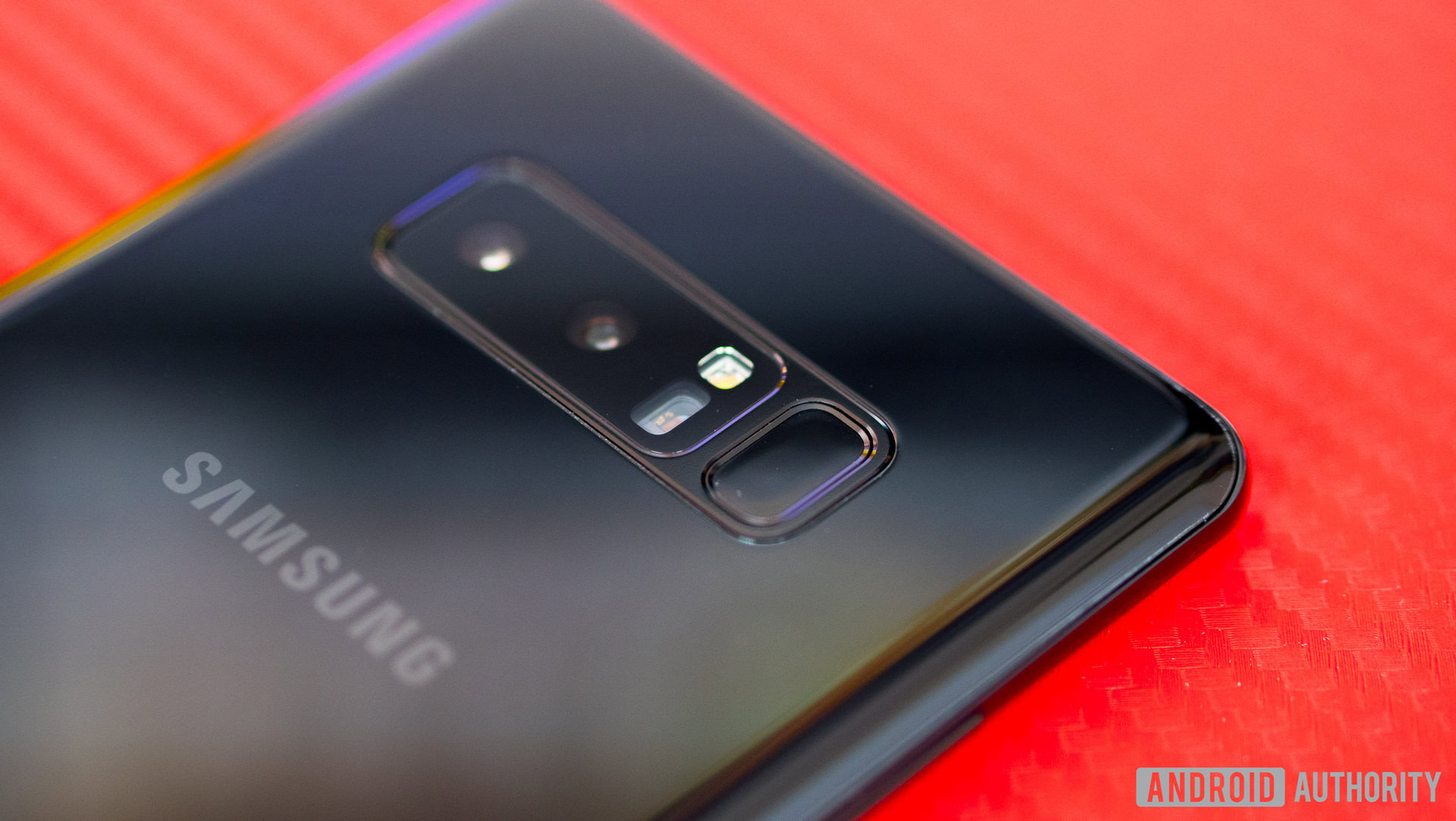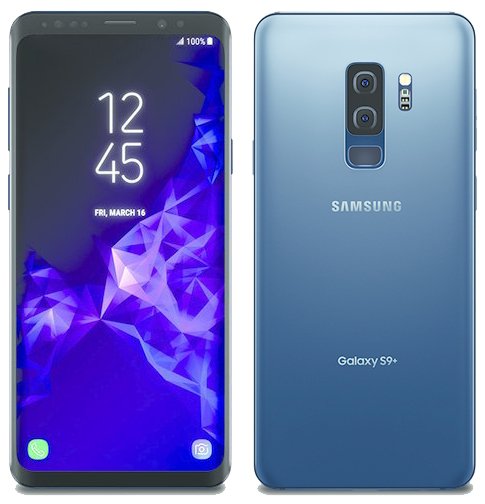Affiliate links on Android Authority may earn us a commission. Learn more.
Samsung launches new tech to help low-end phones take better snaps

- Samsung has launched a new solution to help Android OEMs integrate dual-camera setups into their handsets.
- Known as ISOCELL dual, the solution is comprised of a hardware and software component that Samsung has pre-optimized.
- This should reduce the time OEMs spend working on the integration, and lead to better quality photos.
Samsung has introduced a new camera solution to help manufacturers integrate dual-camera systems into their smartphones. The South Korean manufacturer announced the news in a press release earlier today, stating that the solution was aimed at “mid- to entry-level smartphones.”
Dual-camera systems are becoming more popular as smartphone manufacturers pursue better low-light photos and “bokeh-effect” (think: portrait mode) style images. Though dual-camera systems don’t inherently lead to higher quality in those areas—just look at what the Google Pixel 2 can achieve with a single 12 MP rear camera—they do offer a reasonably cost-effective and efficient means of achieving this.
However, Samsung says implementing dual-cameras into smartphones is a “difficult” and “time-consuming” process because it relies on optimization between the Android OEMs and the vendors supplying the sensors and algorithm software.

In an effort to make this hurdle smaller, Samsung has created ISOCELL Dual, what it says is the “industry’s first total dual camera solution.” This is comprised of a hardware sensor component and dedicated “sensor optimized” algorithm software.
Samsung said it will join its bokeh algorithm with a 13 MP and 5 MP set of image sensors, and its low-light shooting algorithm with a set of two 8 MP sensors, to “simplify implementation by OEMs.”
We don’t know which manufacturers will make use of this, or the timescales for when it would roll out, but it could be a big deal—particularly as the dual-sensor setup becomes more prevalent. Giving OEMs a system that’s easier to implement, and that (at least in theory) shouldn’t be prone to problems that can occur through poor optimization, would benefit the creators as well as consumers.